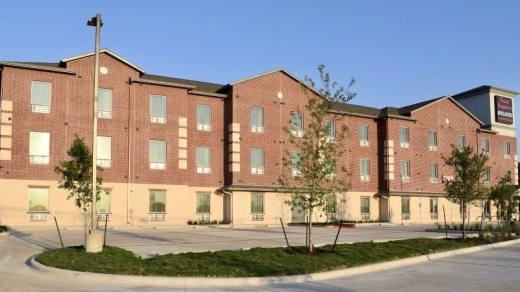Since it started last year, HEAL has connected more than 200 people experiencing homelessness with shelter and housing-related services. HEAL's first phase ended last summer after nearly 150 relocations, while its $6 million second phase began in November and has so far moved 63 individuals to bridge shelter, including more than two dozen from March 8-16. The city plans to serve more than 200 people in this current phase alone.
"This initiative allows us to work with community partners, offering resources to help find more people permanent housing,” Homeless Strategy Officer Dianna Grey said in a statement. “While there is still more work to be done, we are dedicated to making a difference for the thousands of people living unhoused in our community.”
HEAL is aimed at public encampments posing a high public health or safety risk, such as those near major roads, parks or waterways. The city's Homeless Strategy Division oversees the initiative and the ranking of campsites to be targeted, with input from multiple city departments involved in the process. The city said its work on Bouldin Creek this month was partially prompted by seasonal flash flooding risk there.
While Austin consistently spends homeless strategy dollars on new shelter or housing, staff, and other related activity, HEAL represents the largest street-level city effort to put a roof over encampment residents' heads after the implementation of local and state camping bans last year. But as Grey previously told City Council, even with millions of dollars in hand, the number of camps citywide has "far outstripped" the city's ability to manage them and house their occupants.
The clearing of around 30 people living along the southeastern shores of Lady Bird Lake last month also displayed some of the difficulties still facing everyday city homeless response. The encampment sweep took place outside of the HEAL umbrella and at a time when city shelters were at capacity, meaning no housing option was offered. Grey has said that can often mean people living in a targeted area simply move down the road, rather than getting needed resources or longer-term support.
Austin opened two bridge shelters, Northbridge and Southbridge, along I-35 last year. The city is also working to convert two former hotels on the city's north side into shelters as soon as the end of this year, pending renovations and the approval of outside contracts for facility management.




